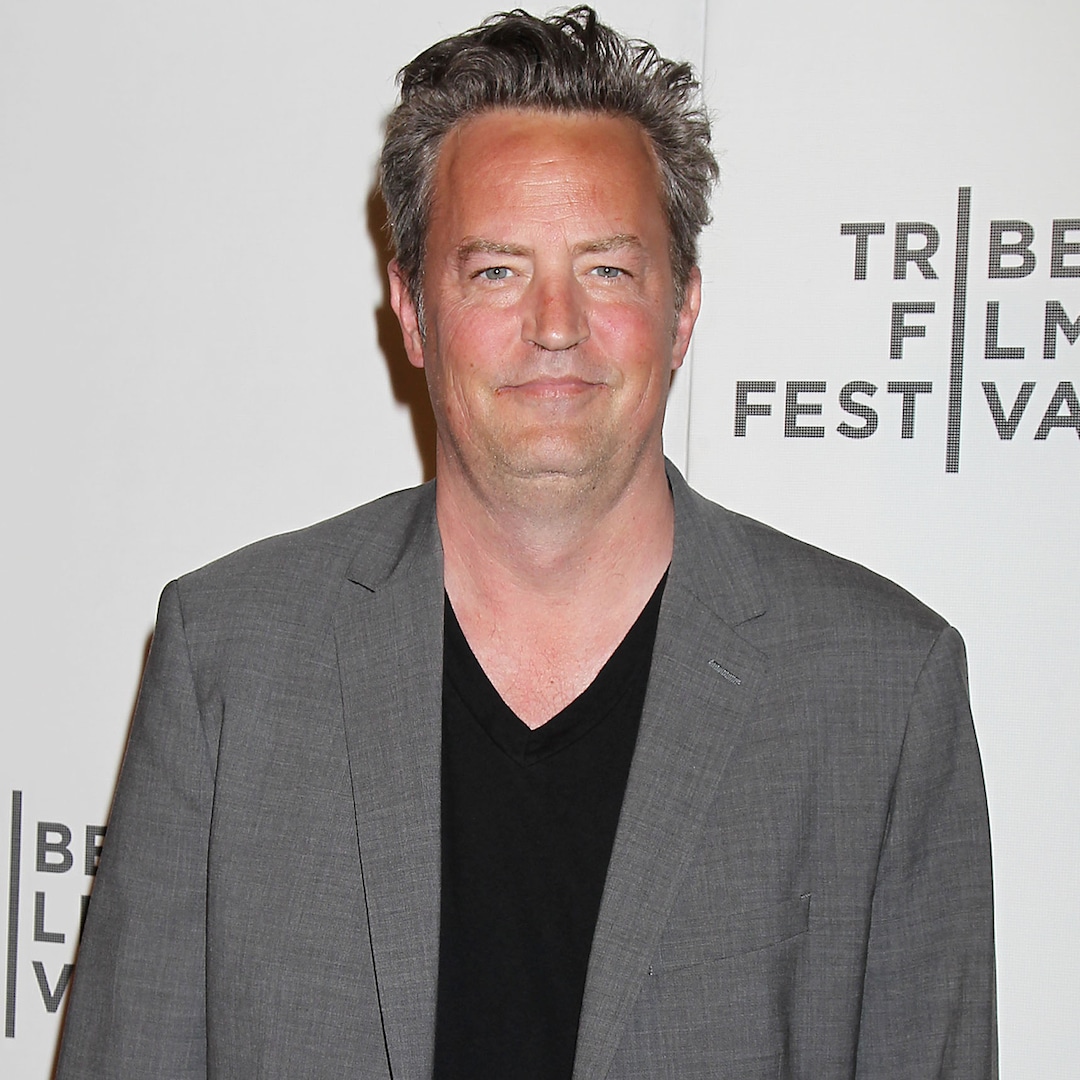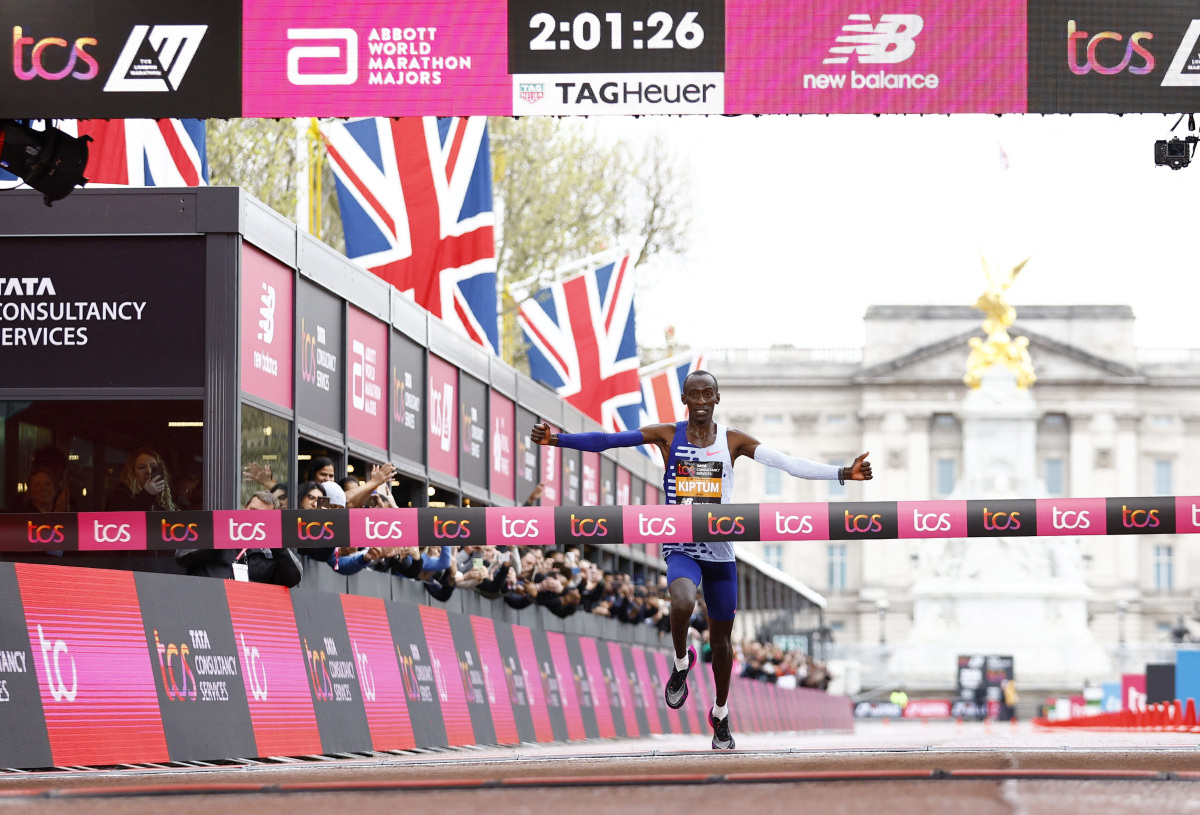Mr Mathew said there are many stories around Mr Tata’s “daredevil flying skills”.
New Delhi:
Ratan Tata died earlier this month but his life and his contributions to Indian industry will continue to inspire generations. One snapshot of his life has been captured by his official biographer, Thomas Mathew, whose book, ‘Ratan Tata: A Life’, was released recently.
Mr Mathew spoke to NDTV on Friday about Mr Tata’s various successes, the biggest problems he faced and also gave insights into the corporate titan’s personal life – including a little-known fact about a serious girlfriend in Los Angeles – and his love for dogs.
Mr Mathew, who is a former IAS officer and has also worked with stalwarts like former president Pranab Mukherjee, said he met Mr Tata for the first time in 1994-1995.
“He had taken over as the chairman of Tata Sons in 1991. As you know, Ratan Tata was probably one of the most good-looking industrialists… more than six feet tall, with hazel eyes, melding the colours of brown, green and gold. I still remember, on a Monday in 1995, he walked into my office – I was a private secretary to the industries minister at the time… When he walked in, it was something like a Greek god walking into the room, but what struck me was his humility. We kept in touch from then on,” he said.
Early Years
Mr Mathew said the biography, which is published by HarperCollins, is an effort to “unravel the complexities of a simple man”. The former IAS officer said Mr Tata did not “have a great childhood” but the strongest force in his early life was his grandmother, Lady Navajbai Tata.
“When he was young, his parents separated and that caused him a lot of agony. Not only was he shamed in school but, in those conservative settings, he was socially ostracised. But, a determined man and with the protection of his grandmother, he could withstand the challenge and he withstood it well,” he said.
Mr Tata studied in a school called Riverdale in New York and Mr Mathew said the industrialist was unaware until he told him that it was the same institution in which John F Kennedy had done his early education. After he finished his schooling, he initially studied mechanical engineering, before shifting to architecture at Cornell.
“He had a car, a black Mercedes, and he also took to flying. There are many stories revolving around the car and his daredevil flying skills… He used to go up into the sky, switch off the engine and scare his co-passengers. He left a lot of legends in Cornell and, in 1962, after he finished his Bachelor of Architecture course, he happened to write to one of the external examinees, who was a partner at a company called Jones & Emmons in Los Angeles,” he said.
Architecture Job
The examiner asked him to visit Los Angeles, Mr Mathew said, and Emmons was so impressed with his thesis that he asked Mr Tata to work for him.
“Here was a young man being offered a job by one of the top architects of the US and he worked. It was also here that he fell in love and that was his first serious girlfriend that he wanted to marry, called Caroline Jones. But it was short-lived. In 1962, he wanted to come back because his mother was not keeping well. He came back and Caroline was supposed to join him. In 1962, India was a distant place for Americans and the war with China (the same year) scared every American, so she did not have the guts to come to India,” Mr Mathew said.
“So, over a period of time, it fizzled out and she subsequently got married to somebody who was incidentally like Ratan in many ways,” he added.
Focus On Trust
To a question on Mr Tata’s biggest corporate achievement, the biographer said a string of contributions made the industrialist who he was.
“In 1991, when he took over the Tata Group, it coincided with the economic liberalisation of India. This meant that industries protected by the licence raj were suddenly open to the turbulent winds of foreign corporate invasion. So this made his task very difficult,” he said.
Mr Mathew said stalwarts and veterans were heading large companies of the group like Tata Steel, Tata Motors and Tata Power, who had a mind of their own, and Mr Tata came up with a strategic plan that would define the Tata Group for the next three decades. This plan unveiled a set of 11 corporate initiatives, including the JRD Qualitative Value Award, which led to a reinvention of Tata companies and the group.
“One of the most important initiatives he took was the formalisation of the Tata Code of Conduct, much before companies from many Western countries did it. And that was because of his passion for trust. He said anything bearing the name ‘Tata’ should immediately invoke in people a picture of quality and trust,” he said.
‘Loneliest Times’
The former IAS officer said the protests in West Bengal, which led to the Tata Nano factory being relocated from Singur to Sanand in Gujarat in 2008, and the legal battle with Cyrus Mistry were challenging but the situation which tested Mr Tata’s “patience, strength, courage and vision” was the strike at Tata Motors after he took over as the company’s chairman.
“It was the biggest strike the Tata Group ever faced. When he took over as the chairman of Tata Motors in 1988, he was the chairman of one company, not the Tata Group. And the trade unionism, which was very violent, tested his patience and capacity. He says those were some of the loneliest times of his life. That is what tested every nerve of his,” he said.
Love For Dogs
Mr Mathew said Ratan Tata got a Fox Terrier when he was 12 years old and while he was fond of him, his grandmother never liked the dog.
“And he always laughed when he said that when he left for the US to do his schooling, his grandmother got so fond of the dog and the dog got so fond of her that it would guard her as she slept. So, from then, he developed a liking for dogs and the rest is history,” he said.






